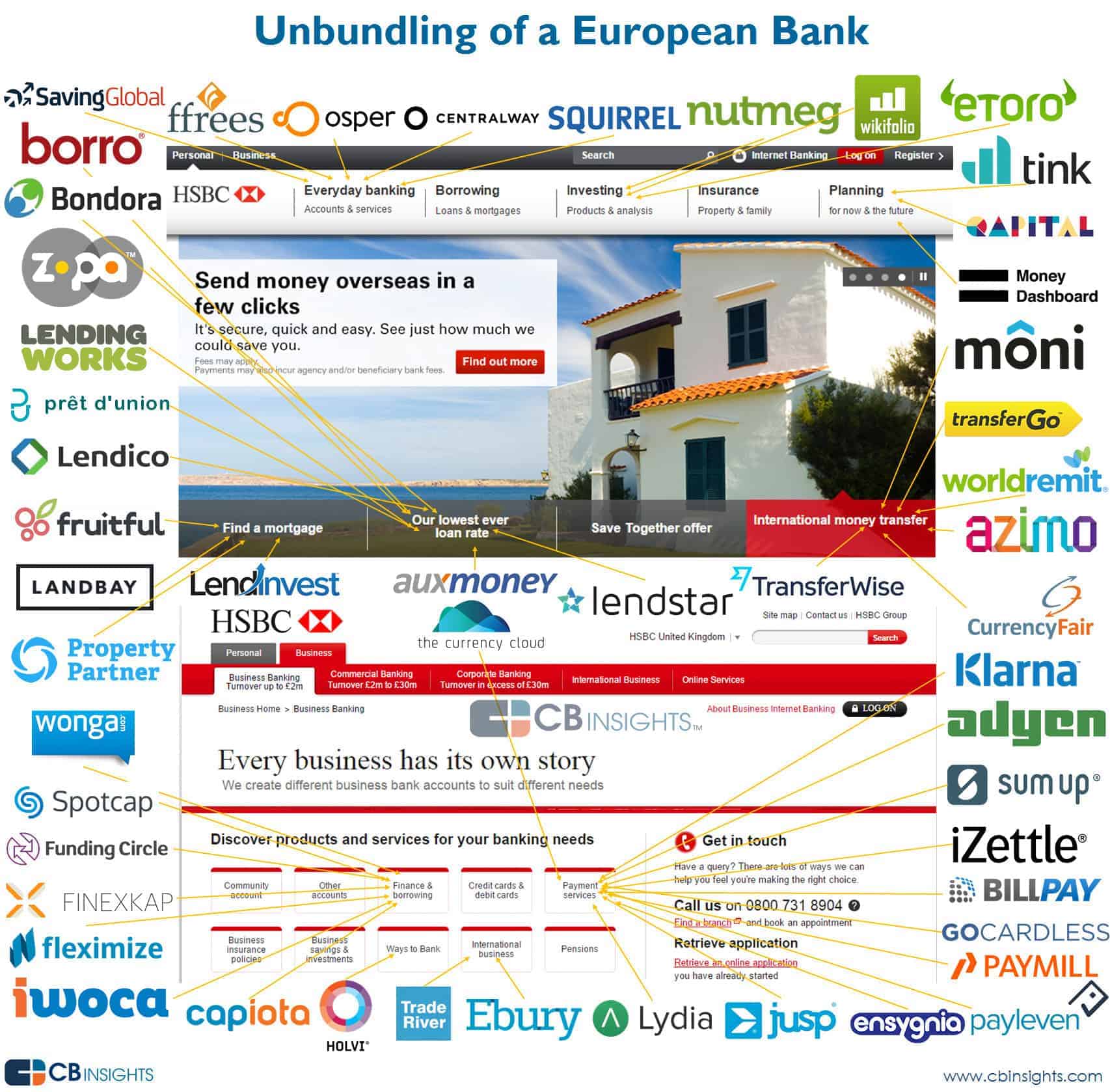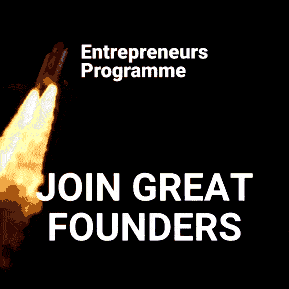“Industry 4.0” is definitely the catchphrase of business leaders these days, although it is just a small part of Corporate Innovation methodology. Recognising the importance of this phenomenon, funds have been set up in search of better (even unique) solutions for businesses in search of new disruptive business models, topline and profitability enhancement. As the famed investor Peter Thiel says;
“To look for proprietary technology is essential. Not just any technology, but one that provides a 10x performance improvement over the closest substitute"

At ground level, businesses are aware of the need to “innovate” as the disruption can only get more intense. Just look at the financial services industry (see chart below). As an example, each identified line of service, there are new businesses trying to chip away at the establishment.

Corporate investors, on the other hand, are targeting enterprises which are looking to enhance the sustainability of their business models.
What are the pre-requisites for Corporate Innovation?
To quote the President of Federation of Malaysian Manufacturers in a recent interview in our local Malaysian press (The Star, November 19, 2018) he said, “There must be a change of mindset”. He also urged that there must be a determination to commit to invest and innovate. Industry 4.0 is an end-to-end process which would encompass everything from supply chain to end customers, all linked up. Having said this, it seems like a commitment to a gargantuan task and a giant leap of faith required by businesses. But it need not be the case provided the appropriate methodology is adopted. With timely checkpoints to assess the stages of development and transformation, this innovation journey may not be so daunting and the outcome can be guaranteed. Commitment to the use of dedicated resources is paramount, as with the buy-in from the top management to drive this initiative. Otherwise, such foray will be destined to be just another-of-those-projects-that-fizzled-out.
How about engaging in an “Accelerator Program”?

Using the appropriate methodology to start the innovation pathway, an enterprise could work with startup companies. Malaysia has a nascent ecosystem of start-up companies and they will be more than willing to partake in such innovation initiatives. The hopes of the startups would naturally be to validate their ideas and use enterprises as a launchpad for growth (and further funding). It starts with the enterprise defining their top problem areas affecting their businesses. As they say in start-up industry parlance - defining the “pain points”. It could be specific areas affecting operations, understanding customer behaviours to specific corporate initiatives or even looking at new business models. Plodding on the initiative, enterprises can engage service providers such as venture capitalist (VC) who have access to a bevvy of quality start-up companies to sieve the potential candidates, and to work with them henceforth. Of course, a dedicated team from the enterprise will have to be involved in the process together with mentors from the VC firms to curate the solutions. There will be a curation of the problem areas and to test the validity of the business model over a few months plugging into the enterprises’ business. This tailor-made problem-solving is specific to the enterprise. The corporate innovation initiative will culminate in a presentation to the enterprise on the possible solutions to the defined problem areas (or pain points). This can normally take the form of a “demo day” with the identified start-ups pitching to the top management of the enterprise. Whether to adopt the ideas or solutions will entirely be the purview of the enterprise. In our experience, it is not untypical for enterprises to proceed to fund the startups to develop the ideas for further development.
Where do we go from here?

As an enterprise, bridging the digital divide under Industry 4.0 must come from the realisation and commitment to want to innovate will be half the battle won. Engaging a suitable experienced corporate innovation partner will be a step in the right direction to embark on this road, which for now is “less travelled” in Malaysia. Peter Thiel once wrote that many people are too complacent about technology but then says that the future is limitless. The internet world moves very fast. In the old world, we could sit and analyse forever. But in the new world, the first mover has the advantage.






